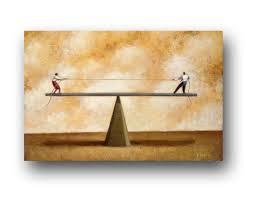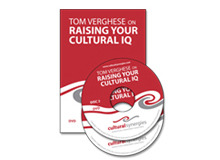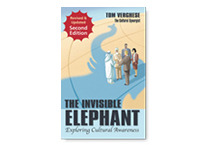 |
| THE CULTURAL SYNERGIST |

Last week I was in Malaysia, having lunch with the Belgian Trade Commissioner to discuss ideas about a forthcoming trade mission from his country to Malaysia. If you would like to read or follow our Cultural Intelligence Blog go to:
http://culturalsynergies.wordpress.com Best Wishes Tom Verghese Send to Friend |
||||
| Cultural Familiarity | ||||
 |
||||
|
|
In his latest book Accelerate Kotter argues that organisations continue to employ the same structure that has been in place for at least the past 100 years. The problem is that it isn�t fast and agile and suited to the needs of todays business world where we need to think and act differently. If we don't think and act differently the real value is lost and we drift back toward the default status. Kotter discusses how traditional organisational hierarchies evolved to meet the everyday demands placed on organisations. For most companies, the hierarchy is the singular operating system at the heart of the firm. But the reality is, this system simply is not built for an environment where change has become the norm. He argues that organisational design has not one, but two 'operating systems.' One system conducts the everyday business of business, while the second agile system sits alongside to focus on the opportunities and demands of the future. Kotter advocates a new system�a dual system. One that is more agile, that is aligned with the hierarchy. The dual system coordinates traditional, stable hierarchy with an entrepreneurial, dynamic network. I particularly liked Kotter�s discussion around the recent work by Nobel Laureate Daniel Kahneman, who describes the brain as two coordinated systems, one more emotional, the other more rational. His claims that organisations must appeal to the heart as well as the head and that there needs to be greater leadership rather than management resonated with me. |
|||||
| RECOMMENDED BOOK: " Accelerate: Building Strategic Agility for a Faster-Moving World." By John Kotter (2014). |
||||||
 |
||||||
|
|
RESOURCES 'Raising Your Cultural IQ - DVD and CD 'Raising Your Cultural IQ' explores the issues around culture, the challenges that culture can pose and provides some great strategies on how to leverage on cultural differences and similarities. 'The Invisible Elephant - Exploring Cultural Awareness' Book testimonial by Asma Ghabshi Visit our store here
|
|
 |
||
 |
||
 |
||
 |
|